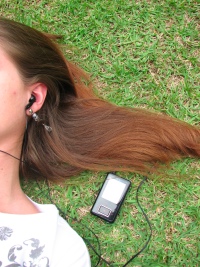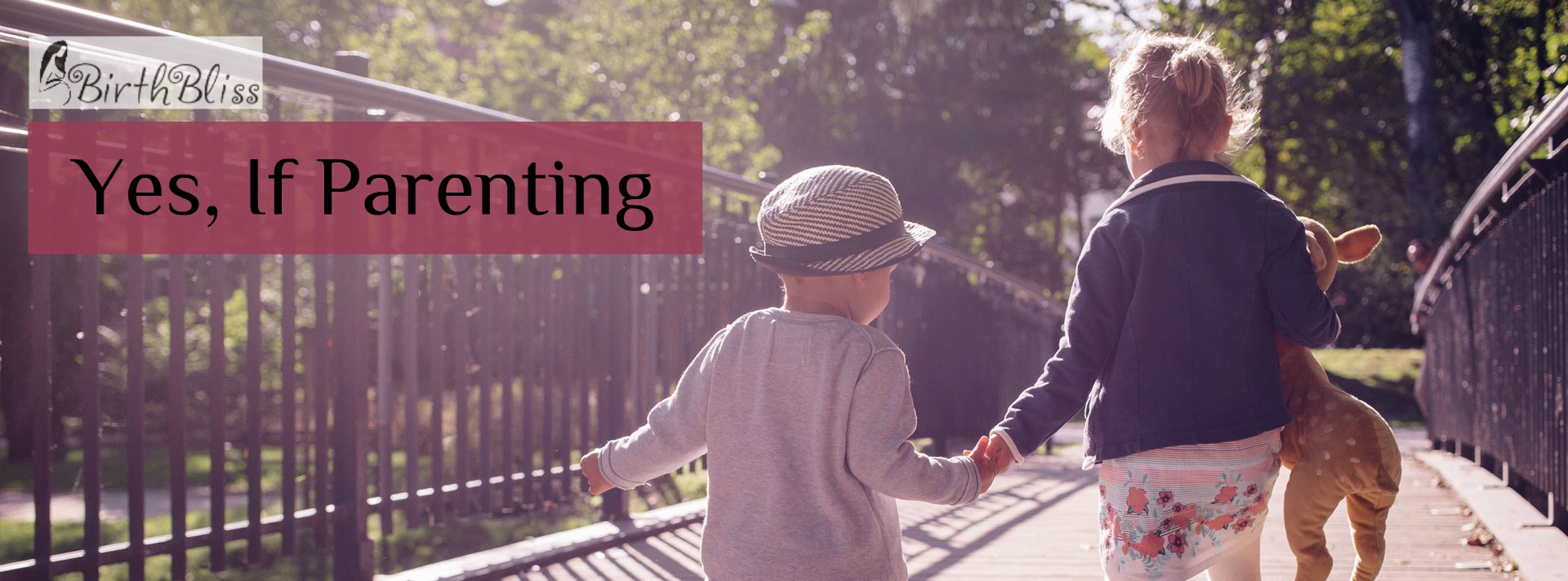
Listening to your baby cry is hard.
Not just math equation problem hard… gut-wenching soul-cracking hard.
And the crazy thing is that their cries are designed to invoke that reaction in you.
Scientists have watched what happens inside a mother’s body when listening to her baby cry. They found…
😣 her pulse quickens
😣 her blood pressure increases
😣 her muscles tense
😣 a sizable dose of stress hormones gets released into her blood system.
Everything inside her screams out to attend to her baby. A mother is biologically designed to react to her baby’s cries.
For babies crying is their only means of communication. It’s not learned, rather it’s an innate reflex that is triggered whenever something isn’t quite right. However, discovering what exactly isn’t quite right for your little person can be very challenging.
First, let’s explore the reasons that babies cry and then we’ll look at how to figure out which of these things are currently bothering your little one and finally explore ways of making them feel better.
Why do babies cry?
The most basic reasons are the following.
- They are hungry.
- They are tired.
- They have gas.
- They are uncomfortable.
- Something just isn’t quite right.
- They are overstimulated or under-stimulated.
How often your baby cries for these reasons depends a lot on their personality.
And yes! Your baby definitely has a personality right from the start.
Some babies are very laid-back and nothing seems to rock their boat. They sort of whimper when they are hungry and often move from drowsy and tired to sleep all by themselves.
Other babies are extremely sensitive; every little noise startles them and causes them to cry. They announce that they are hungry with great lusty cries and may need lots of assistance from you to calm down enough to fall asleep.
And then of course many babies are a combination of these characteristics. They might be quite relaxed about feeding by very bothered by a dirty diaper. And just like adults, they have their good days and bad days, and moments where everything just seems to bother them (usually between 5-8 pm sometimes known as the witching hour, when everyone in the house is low on resources and more apt to tears).
One of the great challenges of early parenthood is discovering who your baby is as a person, what bothers them (aka why they are crying) and what to do about it when they are upset.
Figuring out why your baby is crying can feel like being dropped down in a foreign country where you have no idea what any of the sounds you hear mean.
A strategy many new parents employ is simply trying everything until the baby stops crying.
Another strategy is to present the boob or bottle at every cry.
I remember being quite frustrated with my husband for bringing me our new baby every time she cried. When I complained, he replied, “Well, I don’t make milk, so I can’t help.” It took us a while to discover that there were other reasons our daughter cried and other things that would soothe her.
A wonderfully simple and easy tool for discovering why a baby is crying has been developed by Pricilla Dunstan. It is a listening tool she calls the Dunstan Baby Language. Priscilla, who has perfect pitch and a photographic memory for sounds and music, noticed subtle differences in the way babies cry which give us clues to what is bothering them. Because these differences are reflexes, it means that all babes, from all cultures make these sounds – including your baby. These reflex sounds are especially present in the first three months when the reflexes are strongest. The wonderful thing is that it is quite easy to accustom our ear to listen for these sounds and then become able to pick them out.
THE HUNGRY CRY
When hungry, babies make a sucking reflex – this reflex results in a cry that is preceded by the sound “n” which comes from babies placing their tongues on the roof of their mouths at the start of the cry. If you make the “neh” sound right now, notice how your tongue touches the roof of your mouth. Then swallow – notice how the tongue placement is the same.
Click play on the video below to listen to some babies making the “neh” hungry cry.
THE TIRED CRY
When a baby is tired their cry extends from the yawn reflex resulting in an open-mouth cry with the tongue sort of floating in the middle of the mouth accompanied with an “owh” sound. The picture of the baby crying at the beginning of this blog post – is also an example of this cry.
Click play below to listen to some babies making the “owh” tired cry.
THE BURP ME CRY
When your baby needs to be burped they will make a “eh” cry. This cry comes from air in the stomach. Just make the “eh” sound yourself and you’ll feel it. Watch the video below to hear babies making the “eh” sound.
THE GASSY CRY
Sometimes babies digestive systems may still be developing and as such it makes them prone to gas. (If you are breastfeeding, certain foods that you eat may also contribute to increased amounts of gas in your baby’s tummy). A gassy cry comes from a tight belly and has an “eair” sound as if the cry is being pushed out from their low belly.
This sound has a grunty emphasis to it and is babies often lift or move their legs up as they are crying.
Click here to listen to some babies making the “eair” gassy cry.
THE UNCOMFORTABLE CRY
Finally, when a baby is uncomfortable: for example too cold, too hot, diaper is too dirty, their cry is preceded by the “h” sound. A breathy “h” sound at the beginning of this cry is the key to picking up on this one. Click play below to listen to some babies making the “heh” uncomfortable cry.
The wonderful thing about these reflexes is that they can be learned quickly and easily. All that’s needed is a little bit of patience and time. The reflex sounds are most easily heard at the moment your baby begins to cry. This is when the sound will be the most evident. Once your little one is too worked up, it may become difficult to decode what is bothering them. You may need to do some soothing techniques to settle them a bit first. But that’s a topic for the next blog post.
I hope that a growing awareness of these simple sounds will help you connect and communicate better with your child.
All the best, Marie
Ps I would love comments about how these sounds are working for you.

If you enjoyed reading this article, you might also like these two blog posts.
What to do about a new baby and sibling jealousy? Tips for dealing with this issue
One of my hypnobirthing moms emailed me today and asked if I had tips for dealing with sibling jealousy following the birth of a new baby. Here’s the situation : The toddler, we will call Sam, says he loves the new baby, but then tries to scratch his eyes out. What to do? Keep Reading
Enjoying Your Baby Moon
Your baby has arrived! Life will never quite be the same. It’s a huge transition. Especially with that first baby. But still true with second, third and subsequent children. Enjoying your baby moon is the idea that the first month or first moon after the baby is born is a special time of settling into together. Getting to know each other on the outside and getting used to one another’s personalities. It’s a really special time. Just like a honeymoon. Hence the name baby moon. Keep Reading.







2 thoughts on “Why Does My Baby Cry? What Do My Baby’s Cries Mean?”
I think it’s also important to know that sometimes babies cry to release stress and that we shouldn’t always be searching for a way to stop their crying (pacifiers, rocking, etc). Of course, make sure they are fed, clean, comfortable and so on. When my girls have been fed, are clean or have gone (we do EC with them) and they’re still grumpy, sometimes I just hold them and let them have a good cry until they either fall asleep or until they stop crying. I guess the technical term is called ‘cry in arms’, and I think there’s a book on it, but I’ve never read it.
Hi Kate,
I totally agree. Sometimes the crying isn’t about a physical issue they are experiencing. Sometimes they are just releasing emotion and the best thing is just to hold them and tell them it’s ok to cry. Isn’t that what all of us, as adults, want when we’re that upset. We don’t always want someone to “fix” us or the situation or explain to us why we don’t need to cry about this or that. The greatest gift can be simply to be, to be held and allowed to release the emotion. Wouldn’t it be nice if we gave our babies and our kids that same gift? 🙂
Along those lines – please also read this. It’s AWESOME!
http://lovefrombaby.com/2012/06/04/why-the-c-word-offends-me/